General Secretary and President of China Xi Jinping visits technology products at the Shanghai Innovative Science and Technology Exhibition_Photo: THX
Strong political will
China's development practice over the past 76 years shows that science and technology have been valued by China from very early on and have always played an important role in the overall national strategy. Just one month after the founding of the People's Republic of China (October 1949), China established the Academy of Sciences (November 1949) with the task of utilizing modern scientific achievements to build and develop industry, agriculture and national defense, organize and orient scientific research nationwide, and improve China's scientific research level. After carrying out large-scale reform and opening up in 1978, Chinese leader Deng Xiaoping restarted the "four modernizations" process, in which the modernization of science and technology was considered the key with the motto "without modern science and technology, it is impossible to build modern agriculture, modern industry and modern national defense", and put forward the political slogan "science and technology is the number 1 productive force" (1) . China has carried out breakthrough reforms in science and technology institutions, issued a series of major strategies and programs, such as the "Decision to accelerate the progress of science and technology", the "Science and Education for the Prosperity of the Nation" strategy, "Project 985", aiming to develop education towards the 21st century (1998); "Outline of the medium-term and long-term science and technology development plan for the period 2006 - 2020" (2005). Over the past 76 years, China has developed and implemented 9 science and technology development plans, showing that China attaches great importance to planning and implementing strategies in this field and takes place regularly.
Since the 18th National Congress of the Communist Party of China (November 2012), with the determination to realize the “Chinese dream” and “the great rejuvenation of the Chinese nation”, China has identified “innovation, science and technology as the strategic fulcrum to enhance social productive forces and national comprehensive strength”; implemented a national development strategy based on innovation, linked innovation to national destiny, and considered “the core of national comprehensive strength is the capacity for innovation” (2) . At the 20th National Congress, China identified the goal of becoming a science and technology powerhouse by 2035; emphasized that “if science and technology flourishes, the country will prosper; if science and technology is strong, the country will be strong”; Continue to link science and technology with the country's major strategies, specifically "modernization according to the Chinese model must be supported by technological modernization, to achieve high-quality development must rely on technological innovation to build new driving forces" (3) . Since September 2023, General Secretary and President of China Xi Jinping has requested the development of "new quality productive forces" with science and technology playing a leading role.
Based on the strategic orientation, China sets out requirements and tasks to focus on promoting synchronous reform of the three institutions of science and technology, economy and government administration to maximize creativity; attach importance to the role of enterprises, more clearly define the division of labor between the government and the market, perfect mechanisms and policies to encourage innovation, improve laws, build a national strategic technology talent team; promote international cooperation, establish scientific and technological cooperation relations with 161 countries and regions, participate in more than 200 international organizations and multilateral cooperation mechanisms in the region and internationally, and establish technology dialogue mechanisms with many countries; lead international scientific and technological cooperation through major cooperation initiatives, such as the Belt and Road Initiative (BRI), the Global Development Initiative (GDI), within the framework of the Group of Emerging Economies (BRICS), etc.
With the implementation of a strong science and technology development strategy, China has gradually formed a coordinated action system in promoting innovation with many entities including science and technology enterprises, scientific research institutes and universities, in which many resources are devoted to research and development (R&D). From 2000 to 2010, China's scientific research funding increased from 89.57 billion yuan to 698 billion yuan, with an average annual growth rate of 22.79%. The proportion of R&D expenditure in gross domestic product (GDP) increased from 1% (in 2000) to 1.75% (in 2010), exceeding the world average (1.6% (4) . During the period 2012 - 2021, China's R&D maintained an average growth rate of 11.7%, ranking second in the world in total investment volume and first in the world in growth rate. According to the national innovation-based development strategy, the proportion of R&D investment in China's GDP is expected to reach 2.8% by 2030.
China has identified science and technology talent as its number one resource and is moving towards the goal of building a talent powerhouse by 2035. Accordingly, China has issued programs and plans to develop a talent pool that combines attracting talent from abroad and nurturing domestic talent. Since 2008, China has launched the “Thousand Talent Plan” to attract high-level human resources from developed countries, such as the US, UK, Germany, Japan, Canada and multinational corporations. In 2012, China continued to launch the National High-Level Talent Special Support Plan (also known as the “Thousand Talent Plan”), which provides specific financial and policy support for national talent pools, implemented in parallel with the “Thousand Talent Plan”. To improve the scientific and technological level of the people, China issued the Action Program to Improve the Scientific Level of the Whole People (2021 - 2035), which sets the target that by 2025, the proportion of people with scientific level will reach over 15% and increase to 25% by 2035; identify and implement programs to improve technological knowledge for each specific group of people, such as farmers, workers, cadres, civil servants, the elderly, and young people.
Establishing a position on the world science and technology map
Over the past 10 years, China has accelerated its technology self-reliance strategy and made significant progress.
Regarding technology research , according to a report by the Australian Strategic Policy Institute (ASPI) published in September 2023, China currently leads the world in nearly 90% of important technology research, specifically leading 57/64 advanced technology research projects in 5 years (2019 - 2023) (5) . According to statistics from the Nature Science Journal (USA) in 2022, China for the first time became the country contributing the most research published in the world's leading scientific journals. In June 2024, the Nature Science Journal (USA) published the 2024 ranking of global research institutions, according to which China owns 7/10 of the world's leading research institutions. China's patent count also increased significantly, with 4.015 million, making China the first country in the world to have the number of patents in force surpassing the 4 million mark in 2023.
Regarding the world's leading fields, according to some Chinese and international assessments, China is currently leading the world in 7-10 high-tech fields, including artificial intelligence (AI), 5G, drones, solar batteries, high-speed rail, electric vehicles, lithium batteries, quantum information, 3D printing, supercomputers, etc. In a report published in September 2024, the US Information Technology and Innovation Foundation (ITIF) assessed China's strategy (computers and electronic equipment, chemicals, machinery equipment, automotive equipment, basic metals, metal products and electrical equipment) (8) .
Regarding the Global Innovation Index (GII), according to the World Intellectual Property Organization (WIPO) rankings, China's GII has improved significantly in recent years, rising from 34th place (in 2012) to 11th place (in 2024), becoming the only middle-income economy in the top 30, ranking first among 34 upper-middle-income economies, and third after South Korea and Singapore among 17 economies in Southeast Asia, East Asia and Oceania (9) . This index has remained stable since 2020.
Engineers work on a semiconductor chip production line in Jiangsu province, China_Source: China Daily
Some policy implications
China's strong rise in science and technology provides an opportunity to consult both theory and experience in building and perfecting institutions to create breakthroughs in science and technology development as well as to implement mutually beneficial cooperation with China.
China's experience in science and technology development suggests a number of policy issues that need attention:
First, strategic and long-term investment. In the context of globalization and the Fourth Industrial Revolution developing rapidly, and from China's experience, digital transformation is not only an inevitable trend, but also an urgent requirement to narrow the development gap with the region and the world. This not only opens up opportunities to improve labor productivity, but also creates conditions for innovation and improves the quality of life for all classes of people. At the same time, digital transformation is a long-term strategy, helping to enhance national competitiveness and consolidate its position on the global economic map (10) . Therefore, prioritizing resources for key industries instead of spreading them out, focusing on processing and manufacturing industries, contributes significantly to restructuring the economy towards modernization.
Second, make use of data and digital infrastructure. China's experience shows that AI development is a field that China is very interested in, and digital infrastructure plays a core role in promoting the development of the digital industry. Therefore, the construction and formation of big data should be promoted to create a foundation to promote the development of digital production methods, and at the same time seize the opportunities from the Fourth Industrial Revolution.
Third, promote technology enterprises. China's preferential tax policies and venture capital funds have promoted many successful startups; the Chinese technology enterprise team is constantly growing and has high international competitiveness. This can be studied and applied to startups in the fields of AI and green technology; encourage links between enterprises and research institutes, build effective cooperation models combining training and practice. This also creates favorable conditions for participating in the global value chain and bringing digital technology products to the international market.
Fourth, developing high-quality science and technology human resources. High-quality science and technology human resources are human resources with good intelligence, skills, and capacity, and are trained in a basic and specialized manner to meet the requirements and tasks of the country's reality and the current labor market. Developing high-quality human resources in general and science and technology human resources in particular is an important and core factor, contributing to ensuring economic development, deep integration, sustainability, and stability in the context of knowledge-based economic development. China's talent attraction program is a valuable reference for building policies to attract high-tech talent, build an attractive working environment, support scientific research and innovation, thereby improving domestic capacity and creating leading digital technology enterprises in the international arena.
From China's experience, it is also necessary to have appropriate response plans to difficulties and challenges, including technological autonomy, mastery of information security and network security to protect national sovereignty, security and development interests; not only focusing on developing technology applications, but also investing in basic research, mastering core technology and source technology.
China's strengths in science and technology are the basis for developing cooperative relations, such as cooperation in science and technology, strengthening cooperation in basic and applied research, sharing management and development experiences, technology transfer, cooperation in training high-quality human resources, applying high technology in upgrading industries and occupations, promoting economic growth and ensuring social security... At the same time, promoting cooperation in science and technology with China in a number of areas where China has potential also needs attention, such as: 1- Information and communication technology (ICT), cooperation in research and development of solutions for developing 5G technology, AI, Internet of Things (IoT); application of digital technology in state administration, urban management, smart transportation, logistics, education and digital transformation in enterprises; 2- Clean energy and environment, cooperation in developing new energy technology, renewable energy, solar energy, wind energy and energy storage technology; application of waste treatment technology, recycling technology, environmental protection and other fields associated with the green transformation orientation; 3- Biotechnology and pharmaceuticals, healthcare, cooperation in drug research and development, biomedical technology, application of AI in healthcare, especially in areas where China has strengths, such as developing smart hospitals with the support of AI in diagnosis, treatment and patient care, combining modern medicine and traditional medicine; exchanging experiences, transferring technology in the fields of agricultural production modernization, weather forecasting, disease management, crop variety development and production optimization; 4- Apply AI and big data to feasible fields, especially administrative management and e-commerce, including automatic customs clearance, building smart border gate models, product traceability and geographical indications./.
--------------
(1) See: “Profile of the People's Republic of China: Deng Xiaoping affirmed that science and technology are the number one productive force”, Xinhua News Agency, October 10, 2009, https://www.gov.cn/test/2009-10/10/content_1435113.htm
(2) See: “The National Strategy for Innovation-Based Development Issued by the Central Committee of the Communist Party of China and the State Council of China”, Xinhua News Agency, May 19, 2016, https://www.gov.cn/zhengce/2016-05/19/content_5074812.htm
(3) See: “Speech by General Secretary and President Xi Jinping at the National Science and Technology Conference and the Conference of Academicians of the Two Academies” (Provisional translation: Speech by General Secretary and President Xi Jinping at the National Science and Technology Conference and the Conference of Academicians of the Two Academies), Xinhuanet, June 24, 2024, http://www1.xinhuanet.com/politics/20240624/9b65276ff83241ecae6458f4997516af/c.html
(4) See: “How Has the Number of Scholars in Different Countries Changed in the Past 50 Years?,” Sohu, November 20, 2018, https://www.sohu.com/a/276543117_651893
(5) “ASPI's two-decade Critical Technology Tracker: The rewards of long-term research investment”, ASPI, August 28, 2024, https://www.aspi.org.au/report/aspis-two-decade-critical-technology-tracker
(6) Robert D. Atkinson: “China Is Rapidly Becoming a Leading Innovator in Advanced Industries,” Information Technology and Innovation Foundation (ITIF), September 16, 2024, p. 2, https://itif.org/publications/2024/09/16/china-is-rapidly-becoming-a-leading-innovator-in-advanced-industries/
(7) “Global AI Power Rankings: Stanford HAI Tool Ranks 36 Countries in AI”, Stanford University, October 21, 2024, https://hai.stanford.edu/news/global-ai-power-rankings-stanford-hai-tool-ranks-36-countries-ai#:~:text=China%20in%20Second%2C%20But%20Falling%20Behind&text=On%20several%20key%20indicators%2C%20the
(8) See: “The Hamilton Index, 2023: China Is Running Away With Strategic Industries”, Information Technology & Innovation Foundation (ITIF), December 13, 2023, https://itif.org/publications/2023/12/13/2023-hamilton-index/
(9) “China ranking in the Global Innovation Index 2024”, WIPO, 2024, https://www.wipo.int/gii-ranking/en/china
(10) See: To Lam: “Efforts to be self-reliant and autonomous in technology to strongly develop the domestic technology industry and enhance Vietnam's position on the world technology map”, Electronic Communist Magazine, January 15, 2025, https://www.tapchicongsan.org.vn/en/web/guest/tieu-iem1/-/asset_publisher/s5L7xhQiJeKe/content/cac-doanh-nghiep-cong-nghe-so-viet-nam-khong-ngung-doi-moi-sang-tao-gop-phan-vao-su-phat-trien-manh-me-cua-nganh-cong-nghe-nuoc-nha-va-nang-cao-vi-the
Source: https://tapchicongsan.org.vn/web/guest/the-gioi-van-de-su-kien/-/2018/1087202/chien-luoc-xay-dung-cuong-quoc-khoa-hoc---cong-nghe-cua-trung-quoc-va-mot-so-van-de-goi-mo-ve-phuong-dien-chinh-sach.aspx


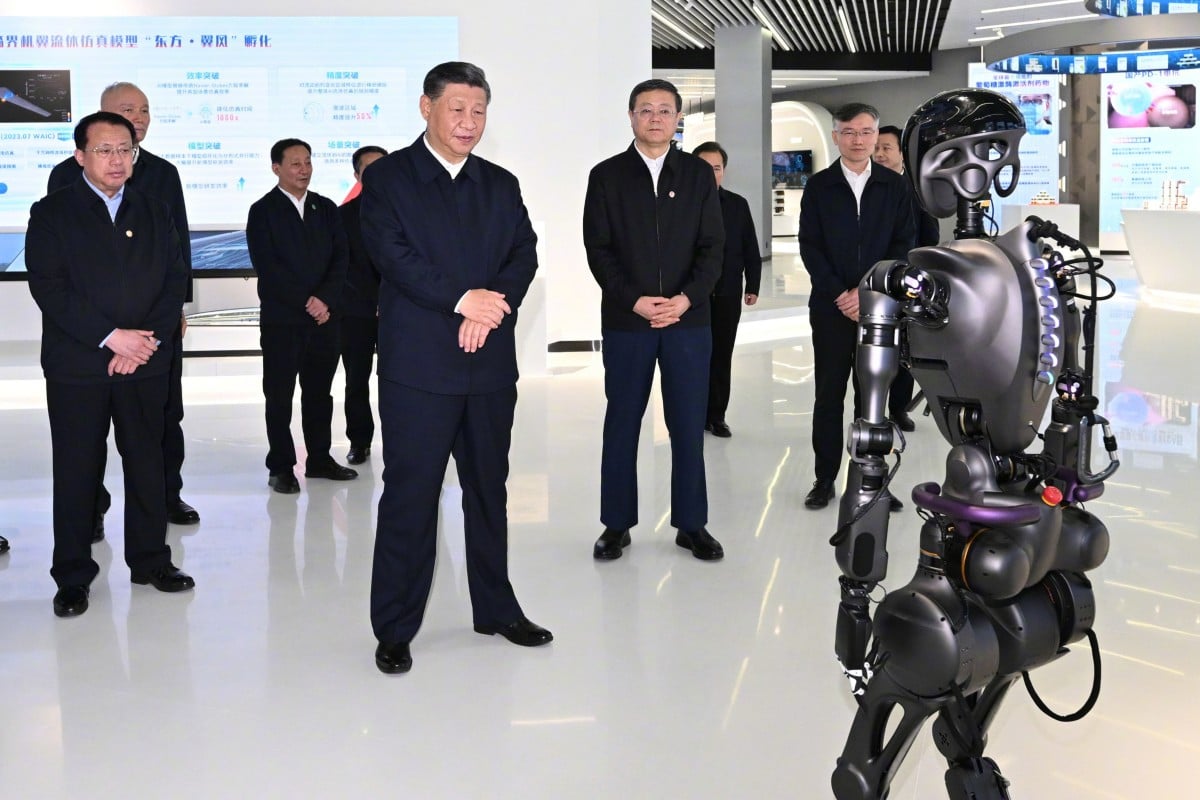
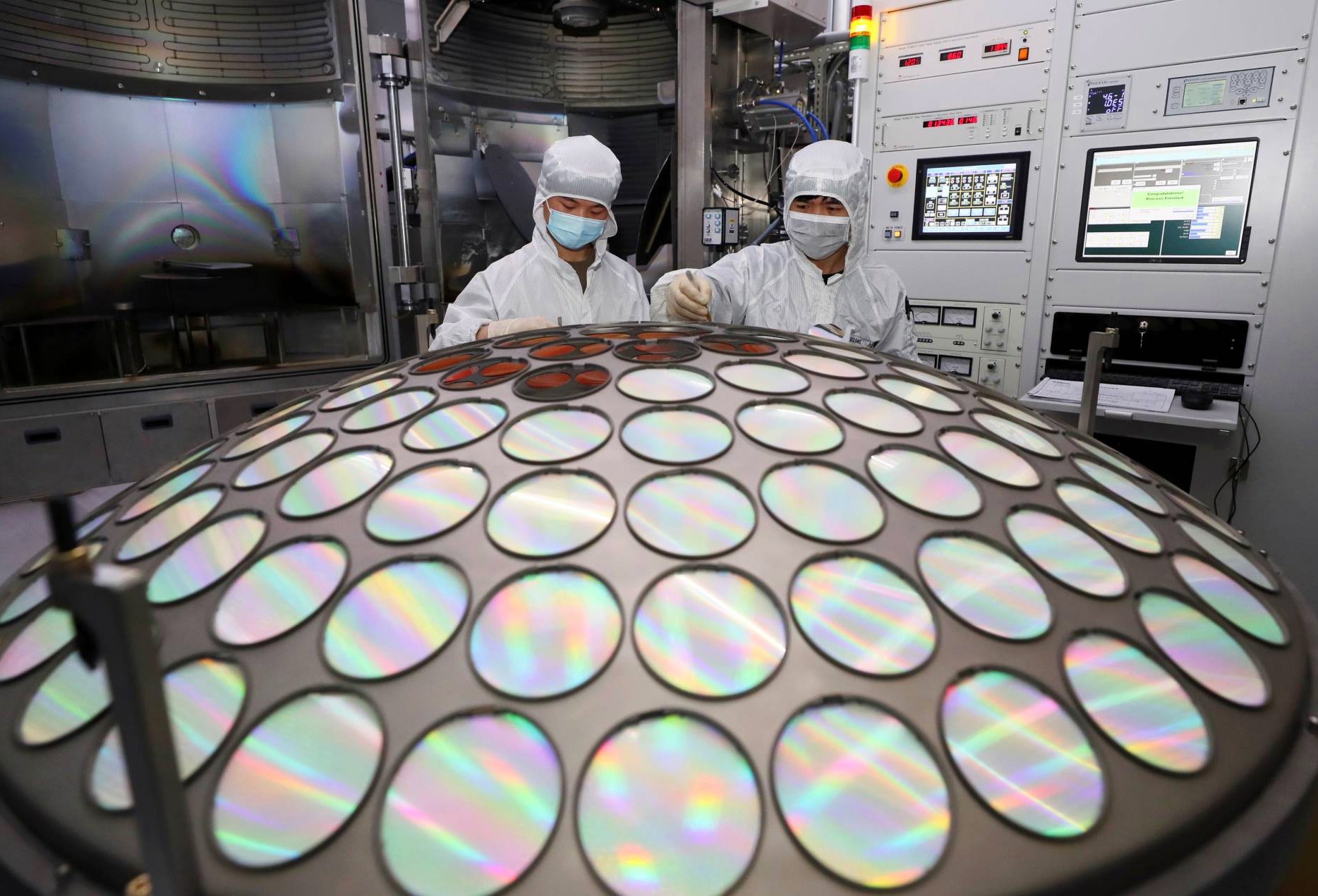


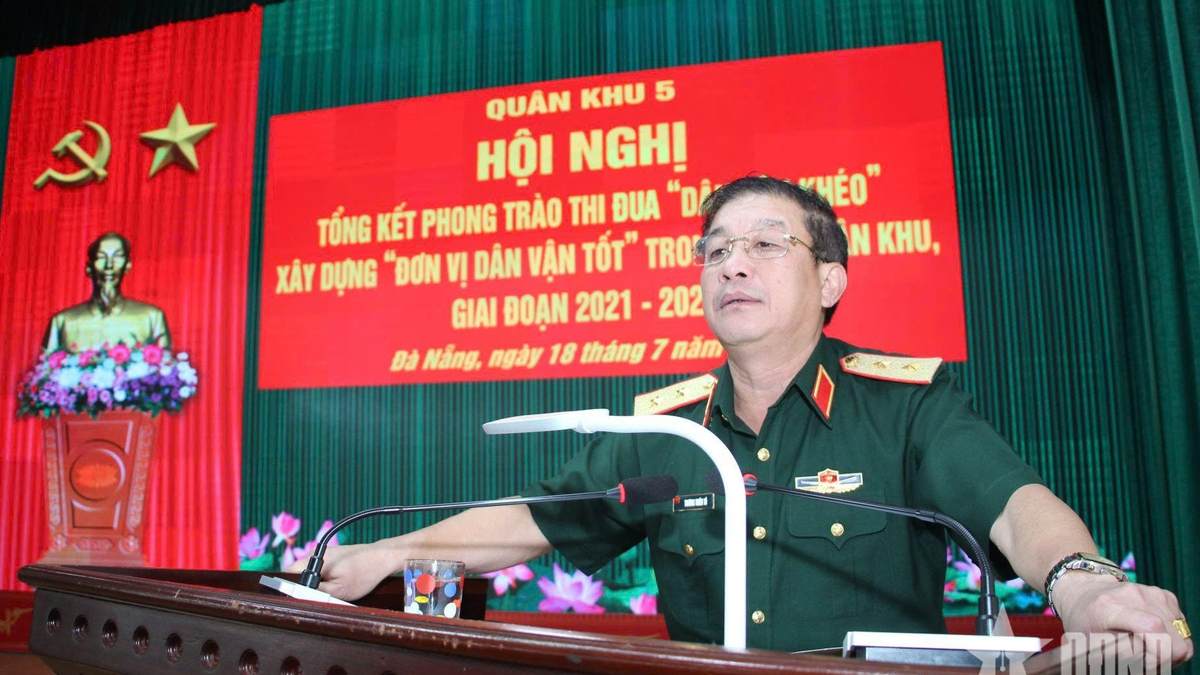



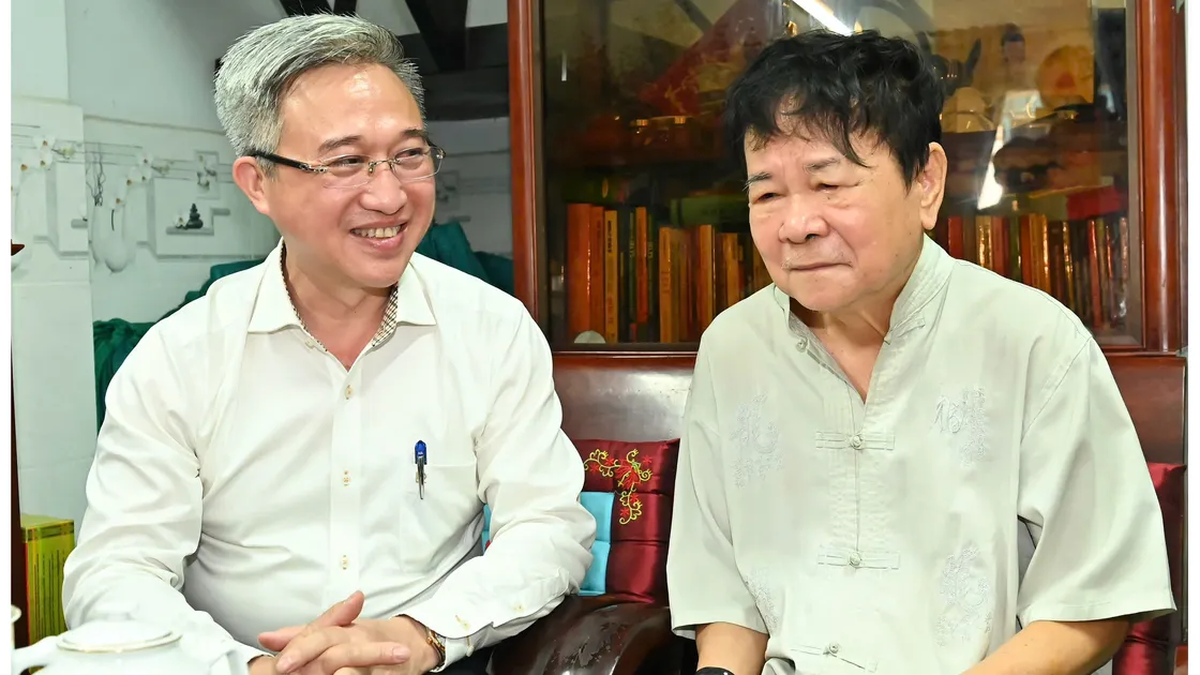


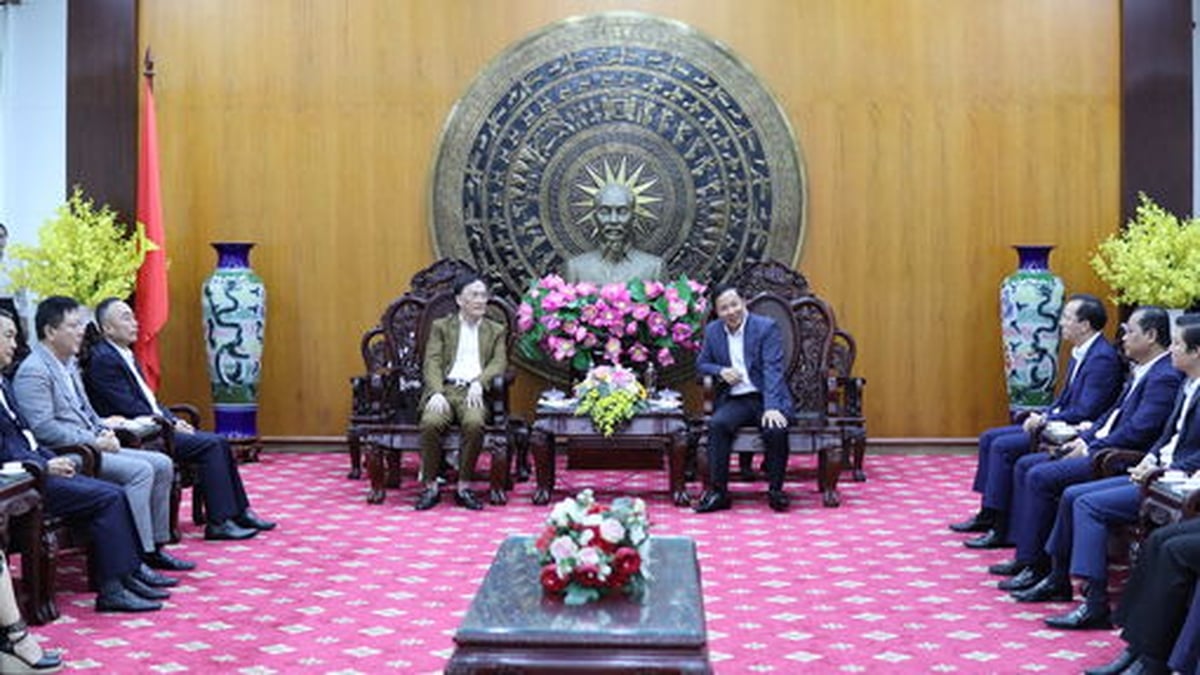














































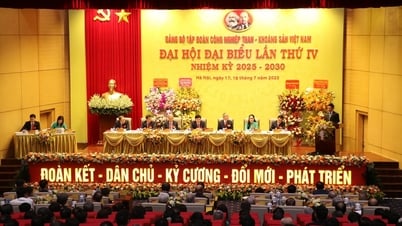



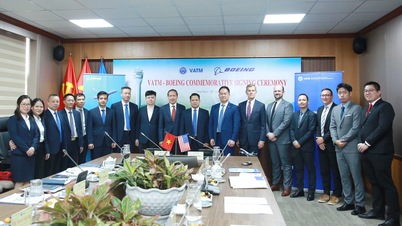








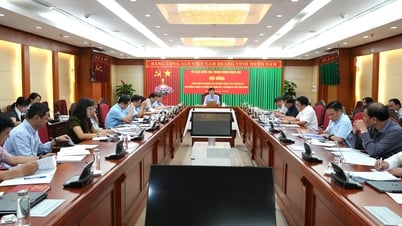



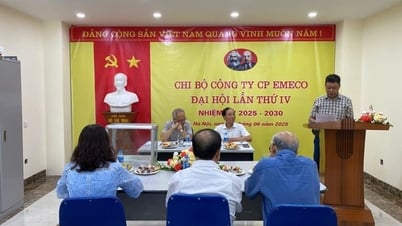

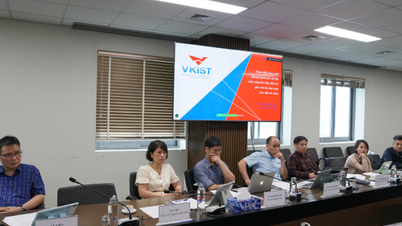
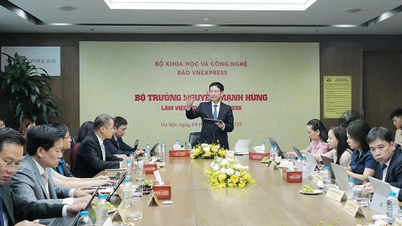
















![[Infographic] In 2025, 47 products will achieve national OCOP](https://vphoto.vietnam.vn/thumb/402x226/vietnam/resource/IMAGE/2025/7/16/5d672398b0744db3ab920e05db8e5b7d)





Comment (0)